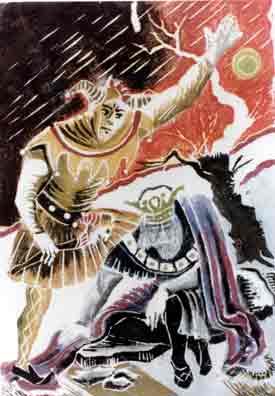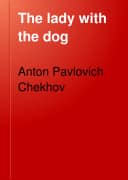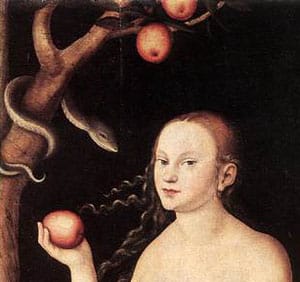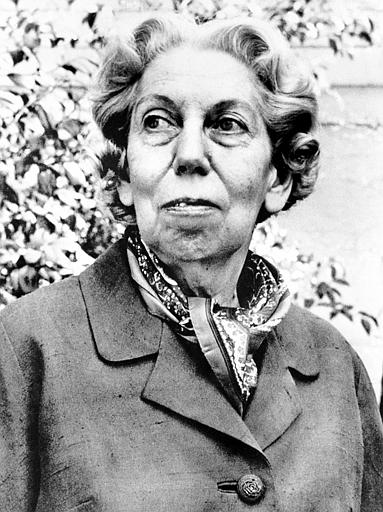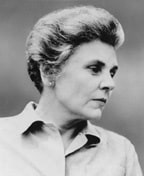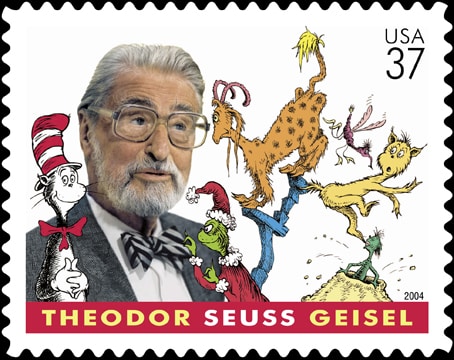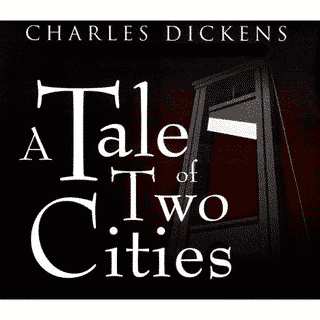William completed his Bachelor of Science and Master of Arts in 2013. He current serves as a lecturer, tutor and freelance writer. In his spare time, he enjoys reading, walking his dog and parasailing.
Article last reviewed: 2022 | St. Rosemary Institution © 2010-2025 | Creative Commons 4.0
Shakespeare’s dynamic use of irony in King Lear aids the microcosmic illustration of not only 16th century Britain, but of all times and places. The theme that best develops this illustration is the discussion of fools and their foolishness. This discussion allows Shakespeare not only to portray human nature, but also to elicit a sort…
In her short story “A Good Man is Hard to Find” Flannery O’Connor’s seems to portray a feeling that society as she saw it was drastically changing for the worse. O’Connor’s obvious displeasure with society at the time is most likely a result of her Catholic religion and her very conservative upbringing in the ‘old…
Filing for divorce has become a simple and quick process with the release of self-help kits. In the past a simple divorce would cost an average of fifteen hundred to two thousand dollars and take about six months to complete. Now for a fraction of the cost and time you can file for a divorce…
In the play Fences, which was written by August Wilson, Bono, Gabe, and Alberta are all very important people in Troy’s life. Bono is Troy’s best friend, and through him, the reader learns that Troy is a very strong character. Through Gabe, people can see some of the guilt Troy has inside. Alberta helped Troy…
In the play “Faust” by Johann Goethe, Gretchen’s character envelops extreme aspects of Virgin Mary and of Eve. Mary acts as the symbol of the mother of mankind, the pure woman who makes men’s salvation possible. She has no evil in her at all. In contrast, Eve is the archetypal figure of the fallen woman,…
Though Faulkner’s The Unvanquished is set during the Civil War, another war is being fought simultaneously. This second war is not one of guns and thievery, but one of beliefs. It is a conflict between two philosophies: idealism and pragmatism. This war rages on throughout the novel, but is decided by one event: Bayard’s decision…
In modern times, and in the Elizabethan era, fate plays an important role in people’s lives. Many people believe it to be written in stone, and unchangeable. Many others believe it to be controlled by a person’s own actions. In Romeo and Juliet, fate is one of the main themes, described as having power over…
Sharon Olds’ poem “Late Poem to My Father” exposes the profound effect that childhood trauma can have on someone, even in adulthood. The speaker of the poem invokes sadness and pity in the reader by reflecting on the traumatic childhood of her father and establishes a cause-and-effect relationship between the abuse he endured as a…
Irony: incongruity between the actual result of a sequence of events and the expected results. Huh? Well take the short story “Lady with a Dog” written by Anton Chekhov as an example. First let’s get a look at our main characters, Dmitri Gurov and Anna Sergeyevna, and how they met. Then we will take a…
Major Themes Because of the diversity of positions associated with existentialism, the term is impossible to define precisely. Certain themes common to virtually all existentialist writers can, however, be identified. The term itself suggests one major theme: the stress on concrete individual existence and, consequently, on subjectivity, individual freedom, and choice. Moral Individualism Most philosophers…
No one completely understands the ways of God. Many of us can come up with our own opinions and justify his ways in our own minds, just as Milton did in Paradise Lost. Just as Adam and Eve, we all are gifted with free will and the responsibility of making important decisions and choices in…
Eudora Welty’s writing style and use of theme and setting aided her in becoming one of the greatest writers of all time. Welty credits her family for her success. “Without the love and belief my family gave me, I could not have become a writer to begin with” (Welty, IX). Eudora Welty’s writings are light-…
Elizabeth Bishop’s skill as a poet can be clearly seen in the thought-provoking poem entitled Filling Station. She paints the different language levels of poetry with the skill of an artist– she seems to have an eye for detail as she contrasts the dark and dim reference of a filling station to a more homey,…
The book Night opens in the town of Signet where Elie Wiesel, the author, was born. He lived his childhood in the Signet, Transylvania. He had three sisters Hilda, Bea, and Tzipora. His father was an honored member of the Jewish community. He was a cultured man concerned about his community yet, he was not…
E.E Cummings was an unusual, yet highly acclaimed writer of the 20th century. His style of writing was much different than that of any other contemporary or even 18th and 19th century writers. Although difficult to understand at times, E.E Cummings is a very profound and inventive writer. E.E Cummings was born Edward Estlin Cummings…
The book Dune has a science-fiction story line that associates two major themes frequently in the book. The title and the setting of the book are used to establish the bleakness and isolation of the planet Arrakis. The plot and resolution bring together the multiple factions including the emperor and the two major houses for…
Theodore Geisel was born in Springfield, Massachusetts on March 2, 1904. He graduated from Dartmouth in 1925, with a BA in English literature. He went to Europe after to study at Oxford. He then went to Sorbonne and then to the University of Vienna. He planned on getting a doctorate in literature, but the experience…
Dr. Alexandre Manette the great survivor of the Bastille and father to Lucie Manette. Dr.Manette is the most important character in the book. Throughout the book he is the stories backbone. Few subplots ignore Manette. Dr. Manette loves his daughter. She is the world to him, without her he would still be a crazed old…
In Nathaniel Hawthorne’s short story Dr. Heidegger’s Experiment, one of the central ideas of the story revolves around the idea of reality versus illusion. Of course the overriding theme of the story dealt with the ethical dilemma of changing old age into youth, still a major part of how the story was interpreted involved a…
In “Down at the Cross”, James Baldwin stresses the idea that regardless of race or culture, people are human beings and should be treated equally. Baldwin criticizes racial issues. Baldwin talks about how whites and blacks don’t understand each other because both have insecurities, fears, and prejudices within their own culture that they can’t understand…

